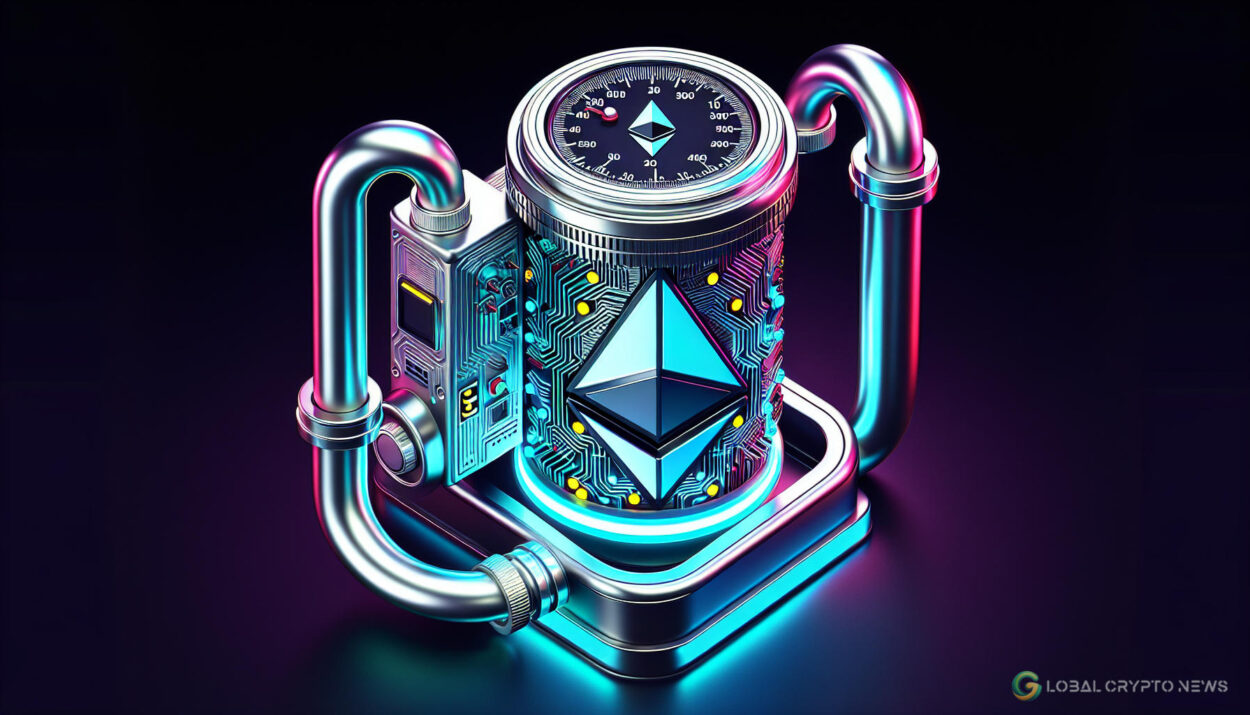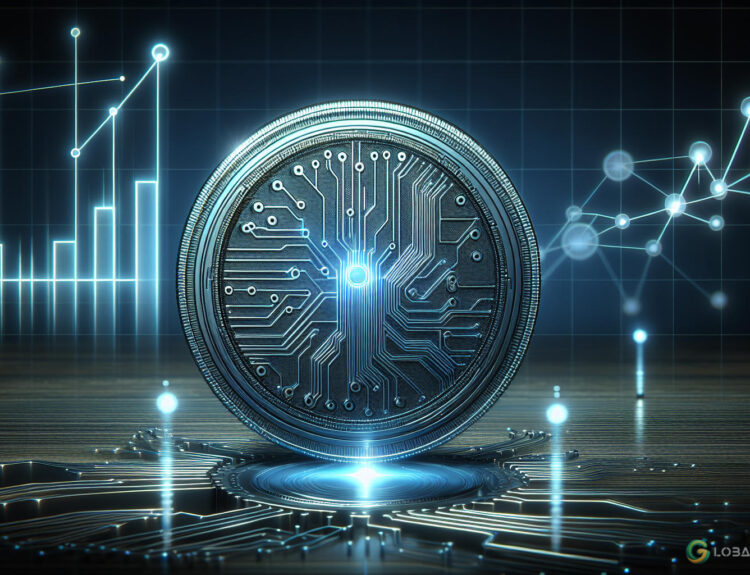Core Ethereum developers are launching the “pump the gas” campaign to increase the blockchain’s gas limit from 30 million to 40 million. This initiative aims to decrease transaction fees on the primary layer by 15% to 33%, as announced on March 20. The campaign, spearheaded by key Ethereum developer Eric Connor and former head of smart contracts at MakerDAO, Mariano Conti, aims to accommodate a 33% increase in daily transaction volume on Ethereum, potentially reducing layer-1 transaction fees significantly.
The campaign is driven by concerns that while data blobs introduced in the Dencun update via EIP-4844 have lowered layer-2 transaction prices, layer-1 fees have remained the same. By raising the gas limit and utilizing data blobs, developers believe that scaling for both layer-1 and layer-2 networks can be greatly improved.
Gas, measured in gwei (a fraction of Ether), is crucial for completing transactions or executing smart contracts on the Ethereum network. The gas limit determines the maximum amount of gas that can be used for transactions or smart contracts in a block. Since August 2021, the limit has been set at 30 million.
Raising the gas limit allows for more transactions per block, making the network faster and more capable. However, this also increases demand for hardware resources, leading to potential risks of network spam and vulnerability to attacks.
Support for raising the gas limit to 40 million has been growing within the Ethereum community, with active discussions and endorsements on social media platforms. Some community members and developers have expressed optimism, while others have voiced doubts about the potential impact on the blockchain’s state and performance.
The Ethereum network has long faced scalability issues, resulting in high gas fees during periods of heavy load. The success of this new initiative in reducing transaction fees and improving network scalability remains to be seen.
























